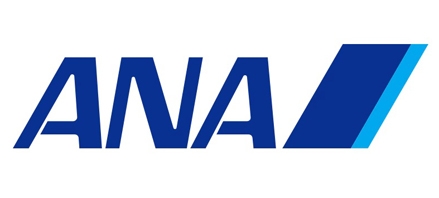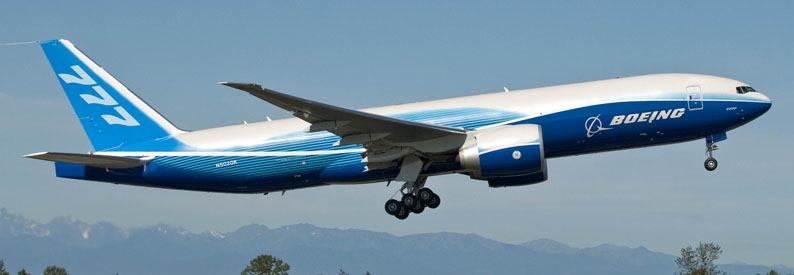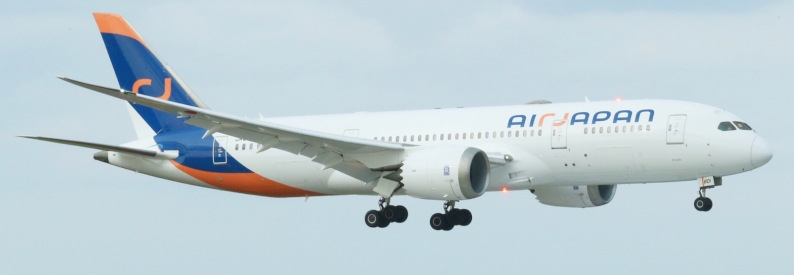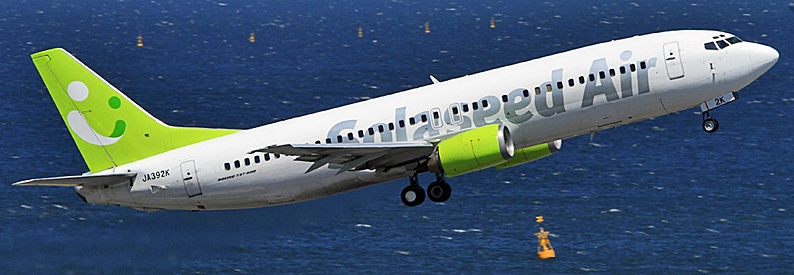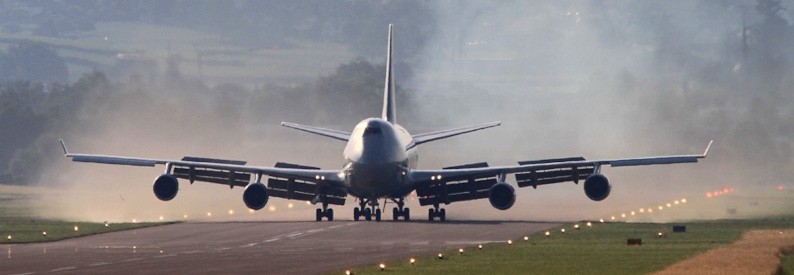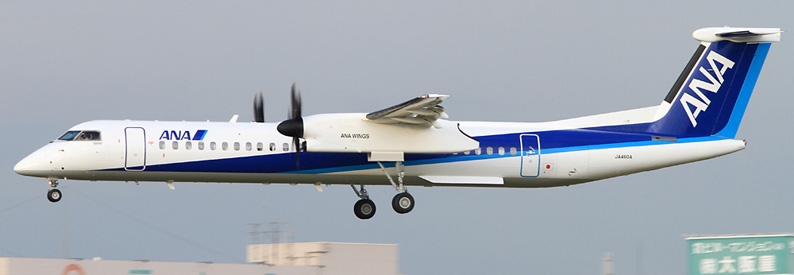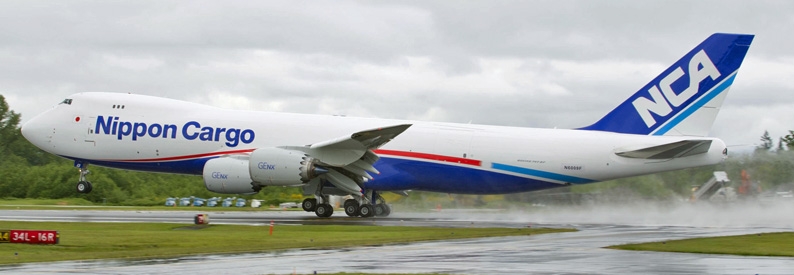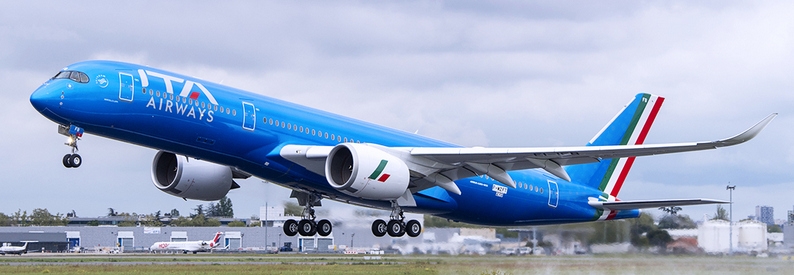ANA Holdings is considering reducing its workforce by 3,500 employees by 2022, to be achieved through natural reductions such as retirement, support for changing jobs within the company, and a hiring freeze, the Yomiuri Shimbun newspaper reported on October 27.
The decision is reportedly part of a broader restructuring plan aiming to cut fixed costs amid low travel demand but also to retain employees in anticipation of an end of the pandemic. ANA Holdings had a workforce of 43,500 as of last year.
A more short-term measure to cut costs in the restructuring plan is for ANA - All Nippon Airways (NH, Tokyo Haneda) to sell 25 to 30 of its costly widebody passenger aircraft, the newspaper said, which could entail a sale and leaseback process.
According to the ch-aviation Commercial Aviation Aircraft Data module, the mainline carrier currently operates a substantial widebody fleet including twenty-three B767-300ERs, seven B777-200s, twelve B777-200ERs, seven B777-300s, twenty-eight B777-300ERs, thirty-six B787-8s, thirty-six B787-9s, two B787-10s, and two A380-800s.
Set to suffer a net loss of around JPY500 billion yen (USD4.78 billion) for the current financial year to March 2021, ANA Holdings has sought billions in subordinated loans and is mulling a possible upcoming public offering.
On October 14, it secured JPY400 billion (USD3.8 billion) in subordinated loans to bolster its finances from five banks, Mitsubishi UFJ Financial Group, Mizuho Financial Group, Sumitomo Mitsui Financial Group, Sumitomo Mitsui Trust Bank, and the state-owned Development Bank of Japan, Kyodo News reported citing unnamed sources. It is the first major subordinated loan package in Japan since the start of the pandemic.
Separately, All Nippon Airways notified its union in early October of a plan to cut annual pay by 30% on average for about 15,000 of its employees, sources told the news agency Jiji Press. It is the first time it has tried to cut salaries since the year 2000. It has also halved its summer bonuses and will pay no bonuses this winter, for the first time since at least 1962. Pay cuts put in place in April for its directors and managers will remain, while early retirement benefits will increase.
Japan’s chief cabinet secretary, Katsunobu Kato, assured earlier this month that the government would continue its support for the country’s beleaguered carriers, saying: “The government is aware that airlines are facing a severe business environment. The government will continue to talk with them and act properly.”
In mid-October, the government said it would waive landing fees worth up to JPY12.5 billion (USD119 million) at 14 government-operated airports to ease the burden on airlines. It will waive about 50% of the fees from August through to March 2021, according to local reports.
- Type
- Base
- Aircraft
- Destinations
- Routes
- Daily Flights
